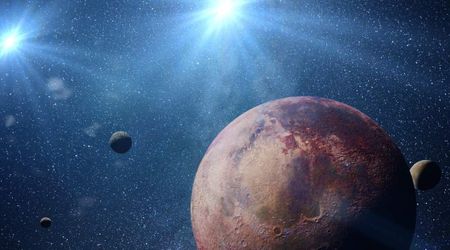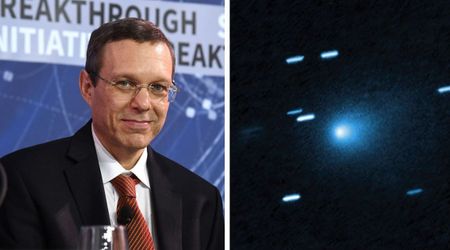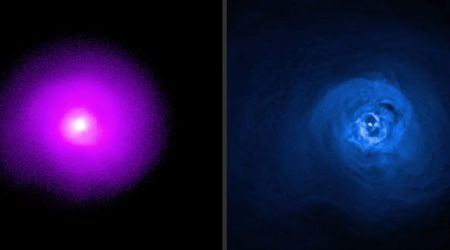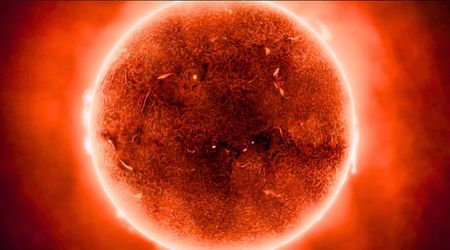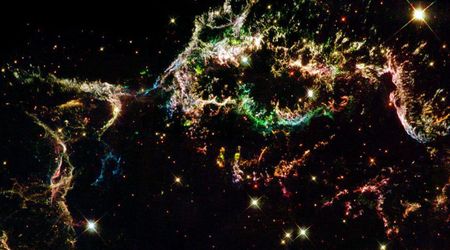Milky Way’s glowing core set to dazzle skygazers in June 2025

The time is just right for stargazers to spot the Milky Way as summer approaches the northern hemisphere. The band of the Milky Way will be low at the eastern and western horizons without interference from cosmic dust, according to Sky and Telescope. Cosmic dust comprises remnants from various interstellar activities, such as supernova explosions, star mergers, or solar storm releases. These bunch up to ward off light from distant galaxies, and hence, its observation stands away from the Milky Way band, which in itself carries bright star clusters and dark nebulae.

However, this sight is not easily achieved as it requires a particular pocket of time and a lack of pollutants. The Milky Way is likely to be a myth in cities that have light-polluted, air-polluted, and sound-polluted skies. The Milky Way is a flat disk within which our solar system resides between the center and the edge. Most of the stars are concentrated in their central spiral, and looking through it forms a narrow, diffuse band of starlight in our line of sight. The lack of stars defines the borders of the galaxy, as a shift in sight can reveal the empty intergalactic space.

Around 9,100 stars in the galaxy are visible to the naked eye, and almost 90% of them are within a distance of 1,000 light-years. For the band to be visible, the horizons must also align, and the galactic disk must be at a 30-degree North latitude on the horizon edge, as per EarthSky. Further north, it tilts a little upwards, and at the same degrees to the south of the latitude, it tilts above the horizon. Though the view of the Milky Way band is a sight in itself, the transition from May to June brings the galactic center, 26,000 light-years from us, into sight, according to LiveScience.

The Milky Way also passes through an anomaly referred to as the Summer Triangle, which includes "one bright star from each of three constellations." They are Vega in the constellation Lyra, Deneb in Cygnus at the top and Altair in Aquila below them. The galactic disk passes through the Summer Triangle from Deneb to Altair, and its bright core can be marked diagonally across from east to south. The further south we are located, the darker the nights and the better we see the Milky Way’s core. This time of the year also alters the length of nights, which are shorter but get longer towards the equator.
Have you ever seen the band of our Milky Way Galaxy? In a clear sky from a dark location at the right time, a faint band of light becomes visible across the sky. Soon after your eyes become dark adapted, you might spot the band for the first time. It may then become obvious. Then… pic.twitter.com/rZEZe1ZiL5
— Astronomy Picture of the Day (@apod) May 22, 2025
Experts can sweep through the entities of the band with a 6-inch telescope and low-power eyepiece, according to Sky and Telescope. It can scan through various stars and interstellar clusters, including Cygnus, least affected by light pollution of any kind. Skygazers bound for cities are advised to take a trip to the suburbs, remote wilderness, national parks, or officially designated Dark Sky Parks. The rotation and revolution of our planet are also key to identifying the seasonal nature of the Milky Way band and finding locations for specific sights.
The density of the interstellar activity within the galaxy is what makes people return for more every time. With several star clusters, nebulae, new stars, and old stars displaying various features, the beauty of our galaxy only grows. The return of the band is also a reminder for people to fight the risks of light pollution.
